MCQ ON Structure of anther for NEET |MCQ ON Structure of anther for NEET Biology class 12th |MCQ Questions for class 12 Biology chapter 2, Structure of anther with answer | Check the below NCERT MCQ question for class 12 Biology chapter 2 based on Structure of anther with answers.
MCQ Questions for class 12 Biology with Answers were prepared based on the latest pattern. We have provided class 12 Biology MCQ questions on Structure of anther with answers to help students understand the concept very well.
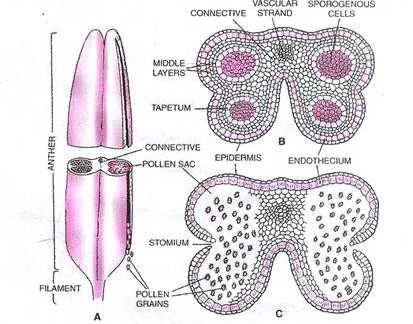
Structure of anther
MCQ on is useful for NEET/ CSIR/ UGC/ CBSE/ ICSE /AIIMS EXAM/ AFMC EXAM/ JAC exam/ STATE LEVEL MEDICAL EXAM
Introduction:-
Structure of anther:- An anther is the male reproductive structure found in the flower of angiosperm plants. It consists of several key parts:
1. Filament: This is a slender stalk that supports the anther and positions it above the flower’s receptacle.
2. Anther lobes: Anthers typically have two lobes (anther sacs) that contain pollen-producing cells. These lobes are connected to the filament.
3. Pollen sacs: Inside each anther lobe, there are pollen sacs, also known as microsporangia. These sacs contain pollen grains, which are the male gametophytes of the plant.
4. Connective: The connective is a tissue that joins the two anther lobes. It plays a role in the dehiscence (opening) of the anther to release pollen.
5. Pollen grains: These are tiny structures produced within the pollen sacs of the anther. Each pollen grain contains the male reproductive cells (sperm) necessary for fertilization.
The anther’s primary function is to produce and release pollen, which can be carried by wind, insects, or other pollinators to the female reproductive structure (the stigma) of a flower, enabling fertilization and the formation of seeds.
MCQ ON Structure of anther for NEET
Here are 15 multiple-choice questions (MCQs) related to the structure of an anther, along with their answers:
1. What is the primary function of the anther in a flower?
a) To store nectar
b) To produce seeds
c) To produce pollen
d) To attract pollinators
Answer: c) To produce pollen
2. Which part of the anther contains the pollen grains?
a) Filament
b) Connective
c) Stigma
d) Pollen sacs
Answer: d) Pollen sacs
3. How many lobes does a typical anther have?
a) One
b) Two
c) Three
d) Four
Answer: b) Two
4. The filament is the part of the anther that:
a) Supports the anther
b) Produces pollen
c) Receives pollen
d) Attracts pollinators
Answer: a) Supports the anther
5. What is the function of the connective in the anther?
a) Producing pollen
b) Supporting the anther
c) Connecting the anther to the stigma
d) Aiding in the release of pollen
Answer: d) Aiding in the release of pollen
6. What is the male reproductive cell produced by the anther?
a) Ovule
b) Egg cell
c) Pollen grain
d) Stigma
Answer: c) Pollen grain
7. Which of the following is NOT a part of the anther’s structure?
a) Filament
b) Petal
c) Pollen sacs
d) Connective
Answer: b) Petal
8. The anther is a component of the reproductive system in plants.
a) Female
b) Asexual
c) Male
d) Photosynthetic
Answer: c) Male
9. What is the primary method of pollen dispersal from the anther to the stigma?
a) Root growth
b) Wind
c) Animal ingestion
d) Gravity
Answer: b) Wind
10. Which part of the flower receives pollen from the anther?
a) Ovule
b) Stigma
c) Filament
d) Sepal
Answer: b) Stigma
11. The anther typically contains ___ lobes.
a) Four
b) Three
c) Two
d) One
Answer: c) Two
12. What is the function of pollen produced by the anther?
a) Nutrient storage
b) Fertilization
c) Attracting pollinators
d) Photosynthesis
Answer: b) Fertilization
13. In which part of the flower is the anther usually located?
a) Above the ovule
b) Below the stigma
c) At the base of the petals
d) Attached to the filament
Answer: d) Attached to the filament
14. When the anther releases pollen, it is called:
a) Pollination
b) Fertilization
c) Dehiscence
d) Germination
Answer: c) Dehiscence
15. What is the primary role of the anther in the process of plant reproduction?
a) Attracting insects
b) Producing nectar
c) Protecting the ovule
d) Producing and releasing pollen
Answer: d) Producing and releasing pollen
Conclusion:-
MCQ ON Structure of anther for NEET | When the anther releases pollen, it is called? a) Pollination, b) Fertilization, c) Dehiscence, d) Germination, Answer: c) Dehiscence

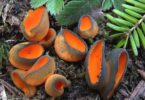
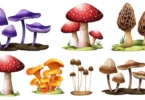
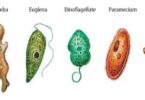
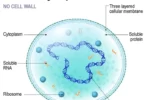
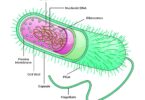
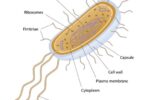
Leave a Comment